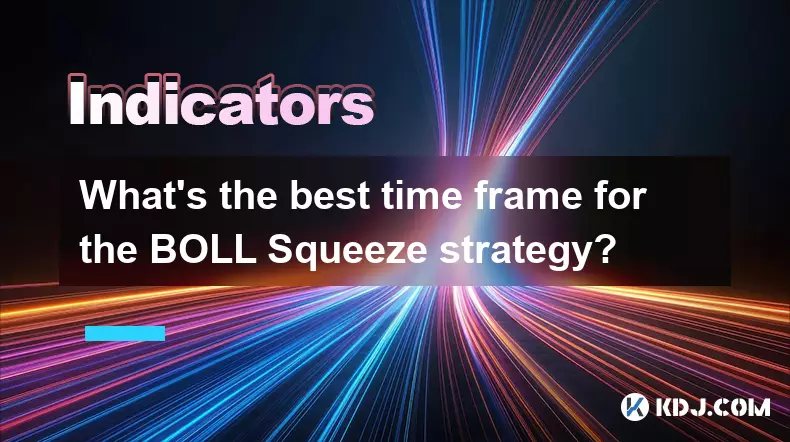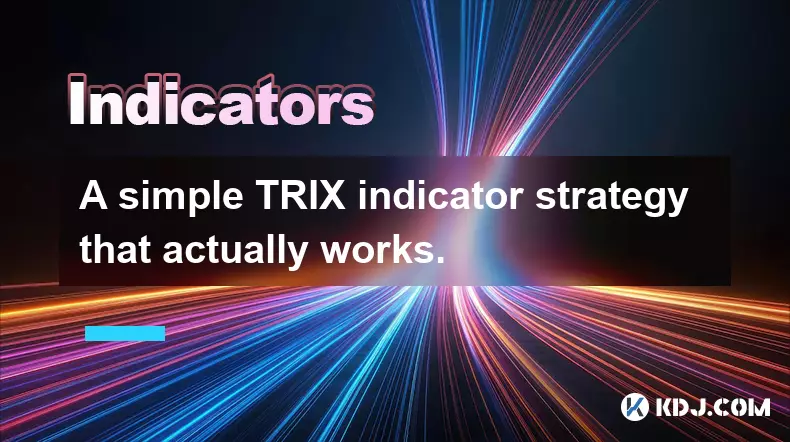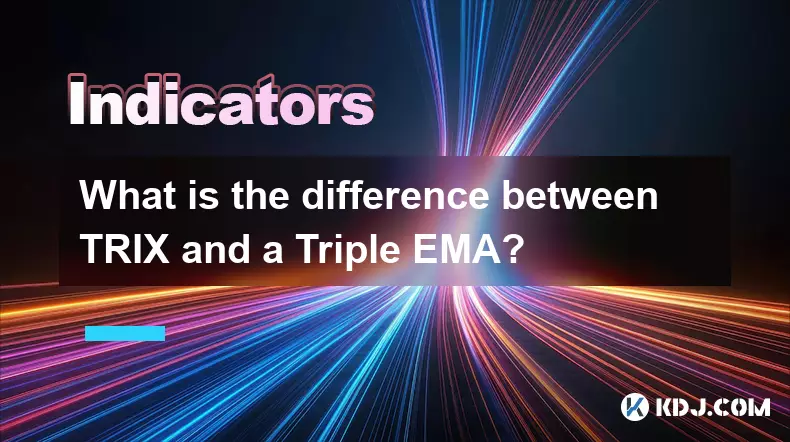-
 bitcoin
bitcoin $101752.865364 USD
-1.09% -
 ethereum
ethereum $3382.985899 USD
-1.38% -
 tether
tether $0.999658 USD
0.04% -
 xrp
xrp $2.272505 USD
-1.51% -
 bnb
bnb $989.089004 USD
0.14% -
 solana
solana $156.962612 USD
-3.08% -
 usd-coin
usd-coin $0.999776 USD
0.01% -
 tron
tron $0.290786 USD
-0.69% -
 dogecoin
dogecoin $0.174594 USD
-2.86% -
 cardano
cardano $0.560085 USD
-3.55% -
 hyperliquid
hyperliquid $40.023704 USD
-5.75% -
 chainlink
chainlink $15.324649 USD
-2.78% -
 bitcoin-cash
bitcoin-cash $493.576540 USD
-3.52% -
 zcash
zcash $571.320038 USD
-12.05% -
 stellar
stellar $0.280066 USD
-4.26%
What's the best time frame for the BOLL Squeeze strategy?
The BOLL Squeeze strategy identifies low-volatility periods in crypto markets, signaling potential breakouts when price exits the Bollinger Bands on high volume.
Nov 06, 2025 at 11:34 am

Understanding the BOLL Squeeze Strategy in Crypto Trading
The Bollinger Band Squeeze is a widely used technical analysis method in the cryptocurrency market. It identifies periods of low volatility that often precede significant price movements. Traders rely on this strategy to anticipate breakouts, either upward or downward, by observing the contraction of Bollinger Bands around the price action.
1. The Bollinger Bands consist of three lines: a simple moving average (SMA) in the middle and two standard deviation bands above and below. When these bands move closer together, it indicates decreasing volatility.
- A squeeze occurs when the bandwidth—the difference between the upper and lower bands—falls below a certain threshold, typically signaling an impending breakout.
- In the volatile environment of the crypto markets, identifying the right time frame is essential for maximizing the effectiveness of the BOLL Squeeze strategy.
- Short-term traders may react quickly to false signals if the time frame is too compressed, while long-term investors might miss early entry points if they rely solely on higher intervals.
- The success of this strategy depends not only on band width but also on confirming volume spikes and momentum indicators during the breakout phase.
Optimal Time Frames for Executing the BOLL Squeeze
Different time frames offer distinct advantages depending on the trader’s style and objectives within the digital asset space.
1. The 15-minute chart is frequently favored by day traders who seek quick entries and exits. On this interval, squeezes form more frequently and can be paired with RSI or MACD for confirmation.
- The 1-hour chart strikes a balance between noise reduction and timely signal generation, making it suitable for active traders monitoring multiple altcoins.
- For swing traders, the 4-hour chart provides stronger reliability, as squeezes on this frame often lead to multi-day moves, especially in major cryptocurrencies like Bitcoin and Ethereum.
- The daily chart is less reactive but offers high-probability setups. These squeezes may take days or weeks to resolve, yet the resulting trends can yield substantial gains.
- Scalpers sometimes use the 5-minute chart, though it requires strict risk management due to increased false breakouts caused by market manipulation and liquidity gaps.
Enhancing Accuracy with Complementary Indicators
Using the BOLL Squeeze in isolation can lead to misleading signals, particularly in choppy or sideways crypto markets.
1. Volume analysis is critical—breakouts accompanied by a sharp increase in trading volume are more likely to sustain momentum.
- The Keltner Channel can help confirm the squeeze by providing an alternative volatility baseline, reducing false positives when both bands contract simultaneously.
- Momentum oscillators such as the Stochastic RSI help determine whether a breakout is occurring in overbought or oversold territory, adding context to the move.
- Traders often combine the BOLL Squeeze with candlestick patterns like bullish engulfing or bearish rejection at key support/resistance levels to improve timing precision.
- Monitoring order book depth on exchanges like Binance or Bybit can validate breakout strength, especially in futures trading where liquidations amplify price action.
Frequently Asked Questions
How do you identify a valid BOLL Squeeze breakout?A valid breakout occurs when the price closes decisively outside the upper or lower Bollinger Band on a confirmed time frame, supported by rising volume and alignment with broader market sentiment. Confirmation candles and absence of immediate re-entry into the band increase validity.
Can the BOLL Squeeze be applied to low-cap altcoins?Yes, but with caution. Low-cap coins often experience artificial squeezes due to wash trading or pump-and-dump schemes. It's vital to cross-verify with on-chain data and exchange flow metrics before acting on signals.
What role does market cycle play in BOLL Squeeze effectiveness?During bull markets, squeezes tend to resolve upward more frequently, especially after consolidation phases. In bear markets, downside breaks dominate, particularly following failed retests of declining moving averages.
Is the BOLL Squeeze strategy viable in ranging markets?Its effectiveness diminishes in prolonged sideways conditions where repeated false breakouts occur. Traders should avoid taking positions unless there is a clear directional follow-through after the initial breakout.
Disclaimer:info@kdj.com
The information provided is not trading advice. kdj.com does not assume any responsibility for any investments made based on the information provided in this article. Cryptocurrencies are highly volatile and it is highly recommended that you invest with caution after thorough research!
If you believe that the content used on this website infringes your copyright, please contact us immediately (info@kdj.com) and we will delete it promptly.
- Ripple (XRP) in 2026: Hold or Fold? A Look at XRP's Future and Emerging DeFi Alternatives
- 2025-11-08 18:35:01
- Zcash ZEC Coin Price Explosion: From Privacy Niche to Center Stage
- 2025-11-08 18:55:01
- Berachain Price Prediction: Navigating the Honeycomb Hype in Crypto
- 2025-11-08 18:55:01
- Arthur Hayes, Gold, and Bitcoin: A Modern Monetary Trinity?
- 2025-11-08 19:15:01
- Shiba Inu's Next Move: Navigating a Shifting Market
- 2025-11-08 19:20:01
- Pakistan's Crypto Crossroads: Balancing Opportunity with Asset-Backed Realities
- 2025-11-08 19:20:01
Related knowledge

How do professional traders use the TRIX indicator?
Nov 06,2025 at 04:40pm
Understanding the TRIX Indicator in Crypto TradingThe TRIX (Triple Exponential Average) indicator is a momentum oscillator used by professional trader...

Can I use the TRIX indicator on my mobile trading app?
Nov 07,2025 at 07:40pm
The TRIX indicator, a momentum oscillator designed to filter out short-term fluctuations and highlight long-term trends, has become increasingly popul...

How to code a simple TRIX indicator script in Pine Script?
Nov 07,2025 at 06:20am
How to Code a Simple TRIX Indicator in Pine Script The TRIX (Triple Exponential Moving Average) indicator is widely used in cryptocurrency trading to ...

A simple TRIX indicator strategy that actually works.
Nov 08,2025 at 05:39pm
Understanding the TRIX Indicator in Crypto Trading1. The TRIX (Triple Exponential Average) indicator is a momentum oscillator designed to filter out s...

What is the difference between TRIX and a Triple EMA?
Nov 10,2025 at 04:00am
Understanding Decentralized Exchanges in the Crypto Ecosystem1. Decentralized exchanges (DEXs) have emerged as a cornerstone of blockchain innovation,...

How to trade TRIX indicator signals on the 1-hour chart?
Nov 07,2025 at 05:39am
Bitcoin's Role in Decentralized Finance1. Bitcoin remains the cornerstone of decentralized finance, serving as a benchmark for value and security acro...

How do professional traders use the TRIX indicator?
Nov 06,2025 at 04:40pm
Understanding the TRIX Indicator in Crypto TradingThe TRIX (Triple Exponential Average) indicator is a momentum oscillator used by professional trader...

Can I use the TRIX indicator on my mobile trading app?
Nov 07,2025 at 07:40pm
The TRIX indicator, a momentum oscillator designed to filter out short-term fluctuations and highlight long-term trends, has become increasingly popul...

How to code a simple TRIX indicator script in Pine Script?
Nov 07,2025 at 06:20am
How to Code a Simple TRIX Indicator in Pine Script The TRIX (Triple Exponential Moving Average) indicator is widely used in cryptocurrency trading to ...

A simple TRIX indicator strategy that actually works.
Nov 08,2025 at 05:39pm
Understanding the TRIX Indicator in Crypto Trading1. The TRIX (Triple Exponential Average) indicator is a momentum oscillator designed to filter out s...

What is the difference between TRIX and a Triple EMA?
Nov 10,2025 at 04:00am
Understanding Decentralized Exchanges in the Crypto Ecosystem1. Decentralized exchanges (DEXs) have emerged as a cornerstone of blockchain innovation,...

How to trade TRIX indicator signals on the 1-hour chart?
Nov 07,2025 at 05:39am
Bitcoin's Role in Decentralized Finance1. Bitcoin remains the cornerstone of decentralized finance, serving as a benchmark for value and security acro...
See all articles





















![The Graph Price Prediction [GRT Crypto Price News Today] The Graph Price Prediction [GRT Crypto Price News Today]](/uploads/2025/11/07/cryptocurrencies-news/videos/690d4df44fe69_image_500_375.webp)




















































